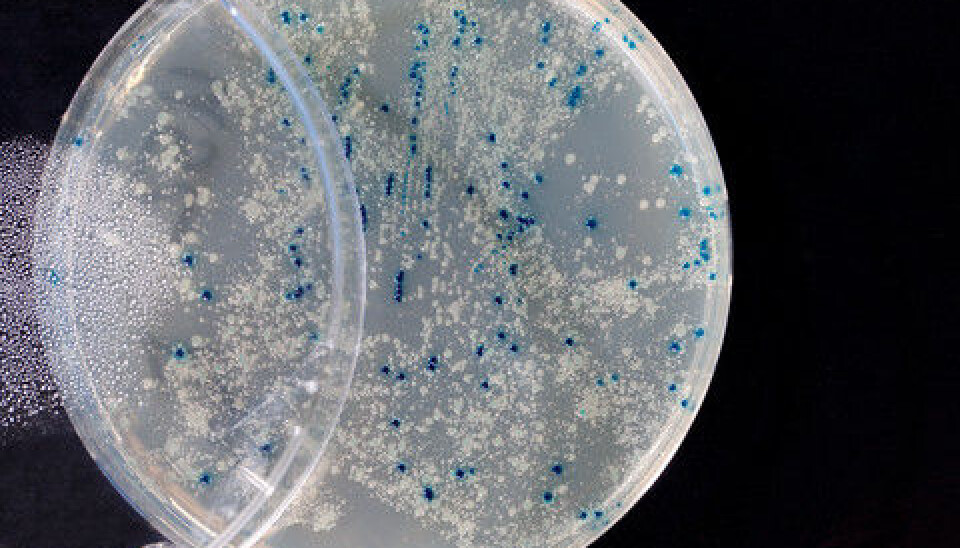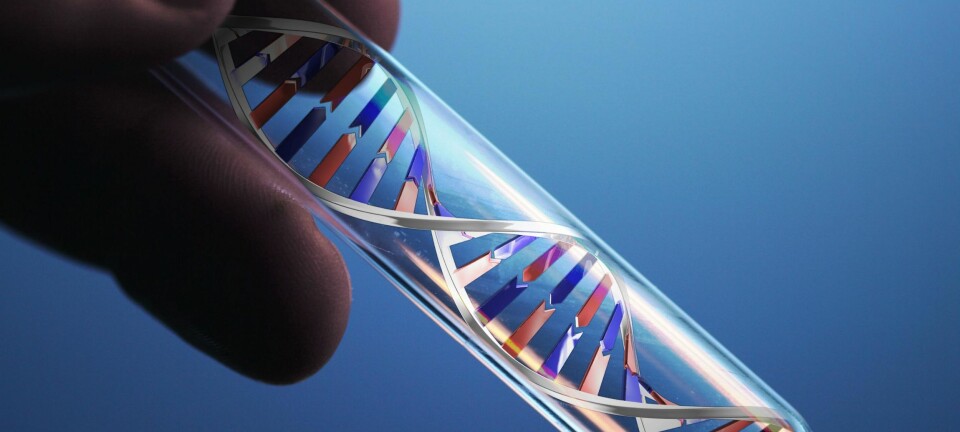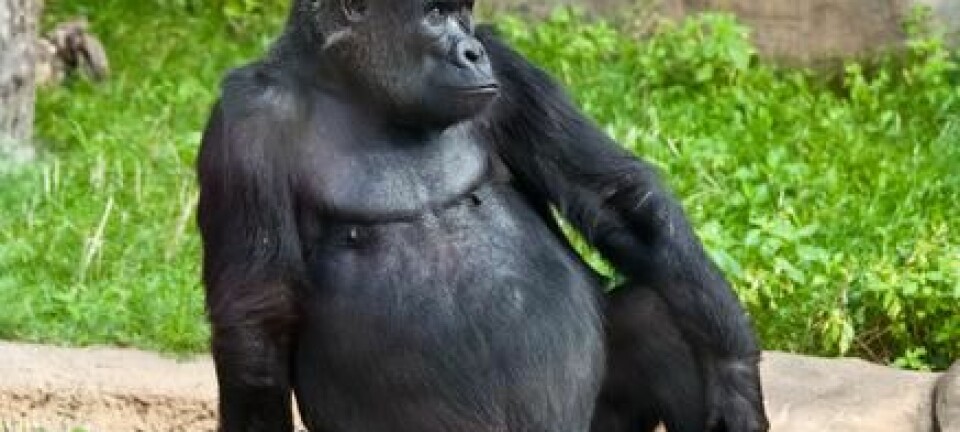
Breakthrough in our understanding of bacteria
Scientists have developed a method that will revolutionise genome sequencing of bacteria. The method paves the way for an entirely new understanding of bacteria, say the researchers behind the new method.
Is genome sequencing of individual bacterial species possible in a random soil sample when the sample contains thousands of different kinds of bacteria that cannot be grown in a laboratory?
It sounds like an impossible task, but the answer is actually yes, thanks to a new method developed by Danish scientists.
This means that no bacteria can now feel safe from scientists’ efforts to uncover their innermost secrets.
”Our method opens up for an entirely new understanding of bacteria,” says Professor Per Halkjær Nielsen, of Aalborg University’s Department of Biotechnology, Chemistry and Environmental Engineering.
Up to now, our understanding of bacterial genomes has been limited by the shortcomings of the available analysis methods. With this new method we will be seeing an explosion in the number of whole-genome sequenced bacteria within the next five years.
”Up to now, our understanding of bacterial genomes has been limited by the shortcomings of the available analysis methods. With this new method we will be seeing an explosion in the number of whole-genome sequenced bacteria within the next five years.”
The new method, which is described in the journal Nature Biotechnology, may become an important tool for researchers looking for answers to how bacteria have evolved, how they are related and how they function.
Method conceived by PhD student
The idea behind the new method was conceived by PhD student Mads Albertsen, also from Aalborg University. He had been toying with the idea of using two bacterial samples with different relative amounts of the same bacteria and then extracting the genetic data from the combined samples.
The researchers cut the genomes from each of the samples into tiny DNA sequences of between 150 and 250 base pairs. Then they looked at how the frequency of the DNA sequences varied between the two samples.
When they entered the various frequencies into a diagram, they could see that DNA pieces in the sample that have the same frequency grouped together in the diagram. These grouped pieces indicate which DNA pieces belonged together originally in the samples, and which thus belong to the same bacterial species.
Once this had been established, the researchers could assemble the grouped DNA sequences into the whole genome of the individual bacteria.
This all sounds very complex – and it is:
“This is not a job for amateurs,” says Nielsen, “but Mads is a very talented bioinformatician, so he found a way of juggling the roughly 100 million pieces of data that came out of the analysis.”
The analysis tool of the future
The new method opens up for entirely new possibilities for studying bacteria.
It enables researchers to gain insight into all the thousands of unknown bacteria that can be found anywhere from the soil to our intestines, from which it has hitherto been impossible to extract genetic data because they cannot be grown in a laboratory.
- Firstly, the method opens up for a new understanding of bacterial evolution and how they are genetically related.
- Secondly, it provides researchers with an insight into how the thousands of different bacteria function in their respective environments.
- Thirdly, the method is a valuable tool for the biotech industry in its search for commercially interesting bacteria with properties that can benefit humans in one way or another.
A revolution in the study of bacteria
The effectiveness of the method was demonstrated in the study.
In connection with the development of the method, the researchers analysed a soil-dwelling bacterial species belonging to an overall bacterial lineage whose genetics have been unexplored until now.
The lineage has previously been known as TM7 after the German soil sample in which traces of its DNA were discovered.
The researchers have now renamed the lineage Saccharibacteria and the bacterial species andidatus Saccharimonas aalborgensis.
With the sequencing of this bacterium, the researchers have proved that their method does what it promises – it can carry out a full sequencing of a bacterium that cannot be grown in a laboratory.
-----------------------
Read the Danish version of this article at videnskab.dk








